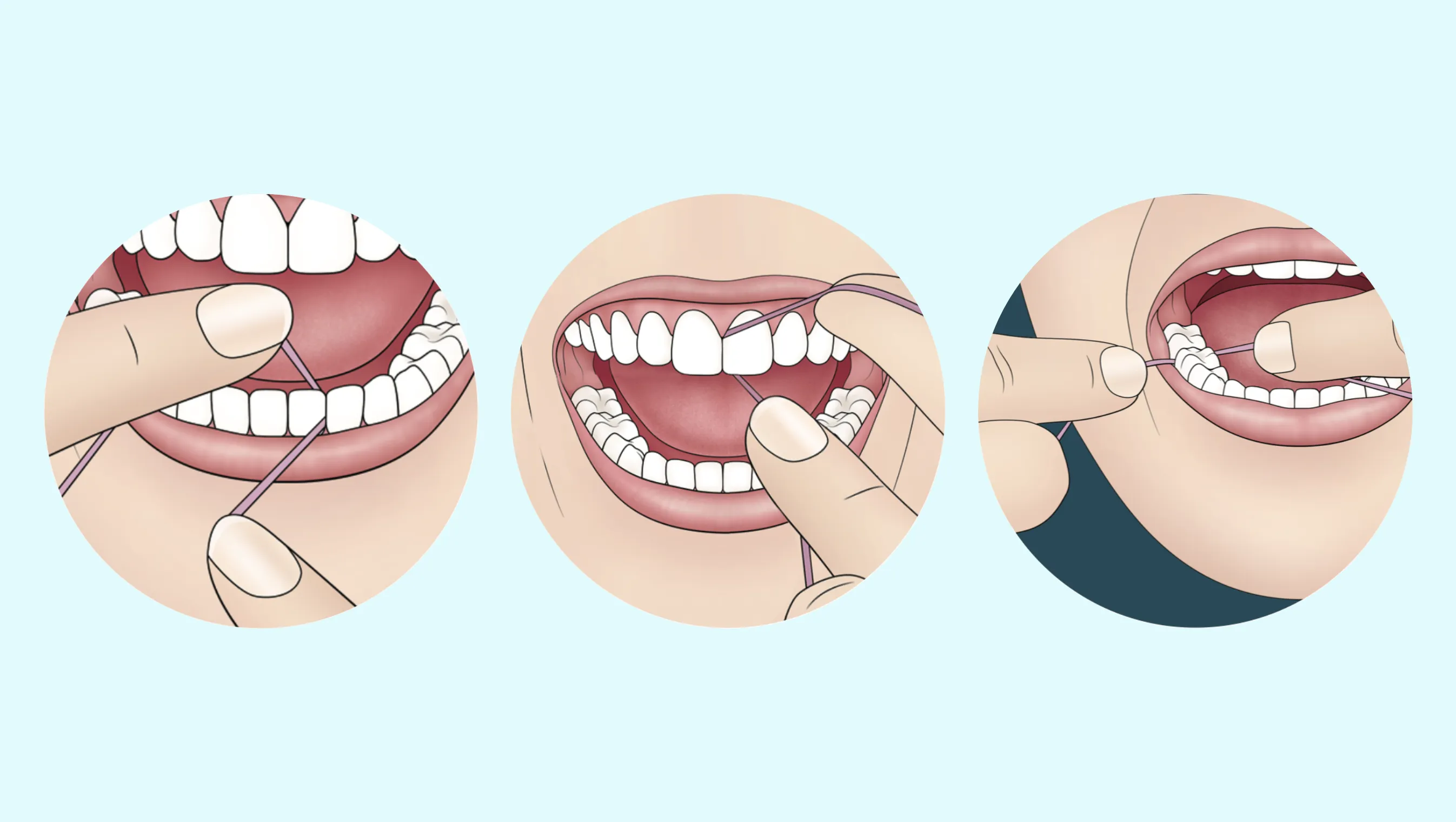The Importance of Flossing: A Vital Step in Oral Health

Flossing is often regarded as a secondary step in a person’s oral hygiene routine, but it plays a crucial role in preventing dental problems such as cavities, gum disease, and bad breath. While brushing your teeth is essential, it is not enough to remove the food particles and plaque that accumulate between your teeth and along the gum line. This article explores the importance of flossing, the benefits it offers, and the correct techniques to ensure your teeth and gums stay healthy.
The Science Behind Flossing
Flossing involves using a thin, flexible piece of material, usually nylon or Teflon, to clean between your teeth and under the gumline. It helps dislodge food particles and plaque that your toothbrush may miss. Plaque is a sticky film of bacteria that forms on your teeth, and if not removed, it can harden into tartar. Tartar buildup can lead to gum disease, tooth decay, and other oral health issues.
According to the Centers for Disease Control and Prevention (CDC), nearly half of all adults in the U.S. over the age of 30 suffer from some form of periodontal disease, a condition that is preventable with proper oral hygiene, including flossing. Furthermore, the CDC reports that 1 in 4 adults between the ages of 20 and 64 currently has at least one cavity, which underscores the importance of flossing as a preventive measure.
The Benefits of Flossing
1. Prevention of Gum Disease
Gum disease starts as gingivitis, a mild form of gum disease that causes inflammation and irritation of the gums. If left untreated, gingivitis can progress to periodontitis, a more severe condition that can lead to tooth loss. Flossing helps remove plaque and bacteria from the areas between your teeth, preventing the buildup that leads to gum disease. Studies have shown that flossing regularly reduces the risk of developing gingivitis by preventing plaque accumulation at the gumline.
2. Prevention of Cavities
Cavities are one of the most common dental problems. They occur when plaque builds up on your teeth, leading to the decay of tooth enamel. While brushing can clean the surfaces of your teeth, it cannot reach the tight spaces between them. Flossing ensures that these spaces are cleaned, reducing the risk of cavities forming between your teeth.
3. Elimination of Bad Breath
Bad breath, or halitosis, is often caused by bacteria in the mouth. These bacteria feed on food particles and produce sulfur compounds that result in an unpleasant odor. Flossing helps remove food particles from between your teeth, which in turn helps eliminate the bacteria that cause bad breath.
4. Prevention of Tartar Buildup
Tartar, also known as calculus, is hardened plaque that forms when plaque is left on the teeth for an extended period. Once tartar forms, it can only be removed by a dentist. Flossing daily helps prevent plaque from hardening into tartar, keeping your teeth and gums healthier.
5. Improved Overall Health
Research has shown that poor oral hygiene, including not flossing, is linked to a variety of systemic health issues, including heart disease, diabetes, and respiratory infections. By maintaining good oral hygiene through flossing, you can reduce your risk of these health problems and promote overall well-being.

When Should You Floss?
It is recommended to floss at least once a day, preferably before bedtime. Flossing before brushing ensures that the food particles and plaque are removed from between your teeth, and brushing afterward will help remove any remaining debris. This routine helps maintain fresh breath and prevents the buildup of plaque overnight.
How to Floss Correctly
Proper flossing technique is crucial for effective plaque removal and to avoid injury to your gums. Here’s a step-by-step guide to flossing:
- Break off 18 to 24 inches of floss. Wrap most of the floss around the middle fingers of both hands, leaving about 1 to 2 inches of floss between them.

- Hold the floss tightly between your thumbs and index fingers.

- Guide the floss between your teeth. Use a gentle, rubbing motion to avoid snapping the floss into your gums, which can cause injury.

- Form a C-shape with the floss around each tooth. Curve the floss at the base of the tooth and gently slide it under the gumline.

- Rub the sides of each tooth with the floss. Move the floss up and down to remove plaque and food particles.

- Repeat this process for each tooth. Use a clean section of floss for each tooth to avoid redistributing bacteria.
Types of Dental Floss
There are several types of floss available, each suited for different needs:
- Waxed Floss: This type of floss is coated with wax, making it easier to slide between teeth, especially if they are close together.
- Unwaxed Floss: A thinner, non-waxed floss that is ideal for individuals with tight spaces between their teeth.
- Super Floss: This type of floss is ideal for those with braces, bridges, or large gaps between teeth. It features a spongy section to clean around dental work and regular floss for cleaning along the gumline.
- Floss Picks: Convenient for on-the-go flossing, floss picks are small plastic tools with a piece of floss stretched between them.
- Water Flossers: These devices use a stream of water to clean between your teeth and along the gumline. They are especially useful for individuals with braces or other dental appliances.

Conclusion
Flossing is a vital component of your oral hygiene routine that should not be overlooked. By flossing daily, you can prevent gum disease, cavities, bad breath, and tartar buildup. Remember, it’s not just about brushing your teeth — flossing plays a critical role in maintaining optimal oral health.
If you are unsure about your flossing technique or need advice on the best flossing tools for your needs, consult with your dentist. They can provide guidance and ensure that you are flossing effectively.

References
Written By: Lana Alter
- Centers for Disease Control and Prevention (CDC). “Periodontal Disease.” CDC.gov. https://www.cdc.gov/oralhealth/conditions/periodontal-disease.html
- Centers for Disease Control and Prevention (CDC). “Cavities.” CDC.gov. https://www.cdc.gov/oralhealth/fast-facts/cavities/index.html


